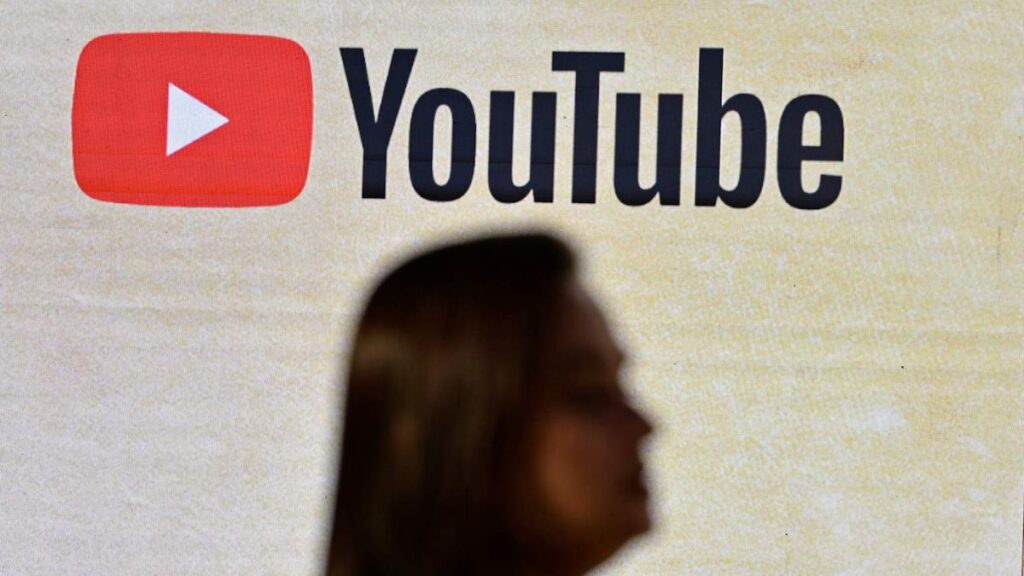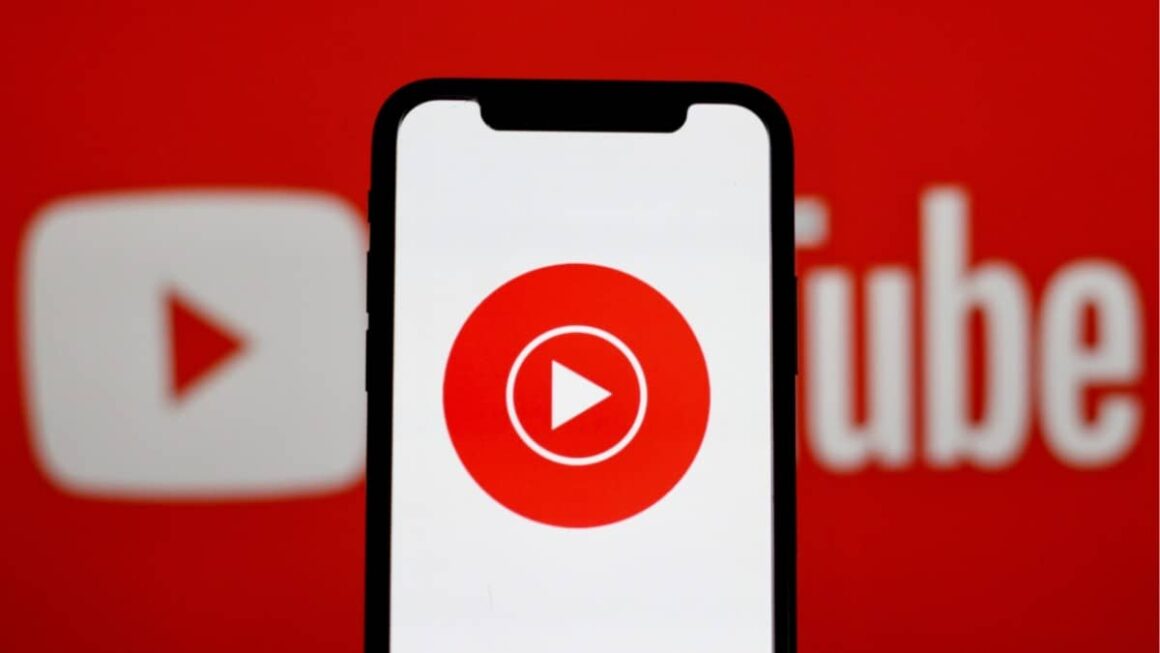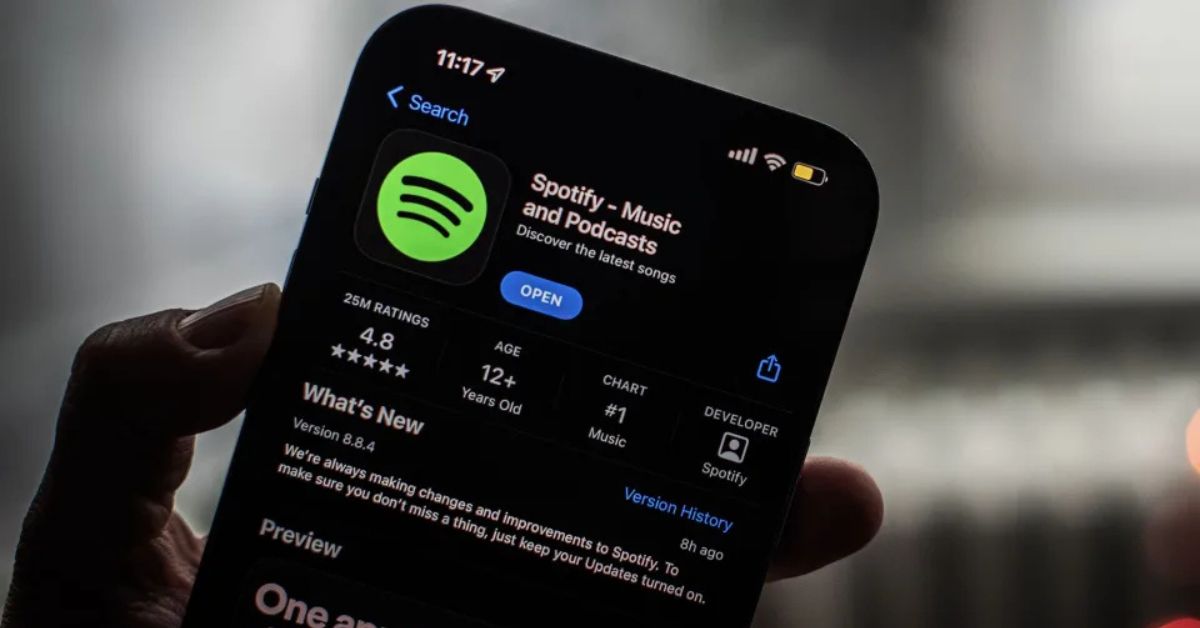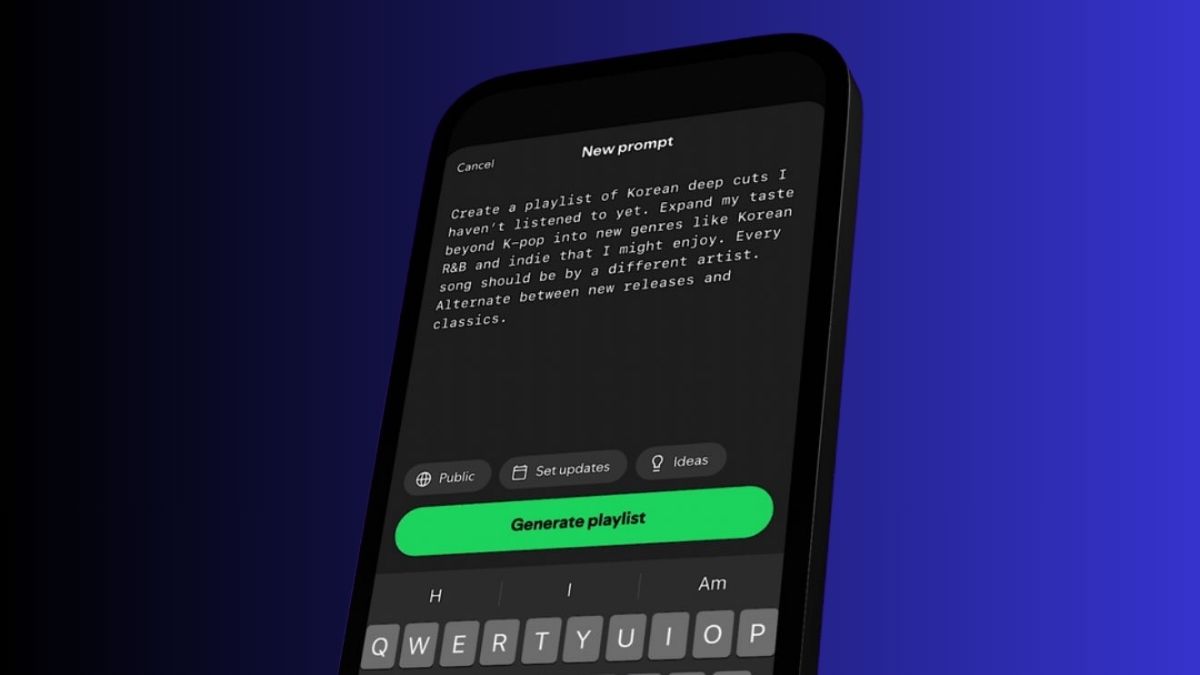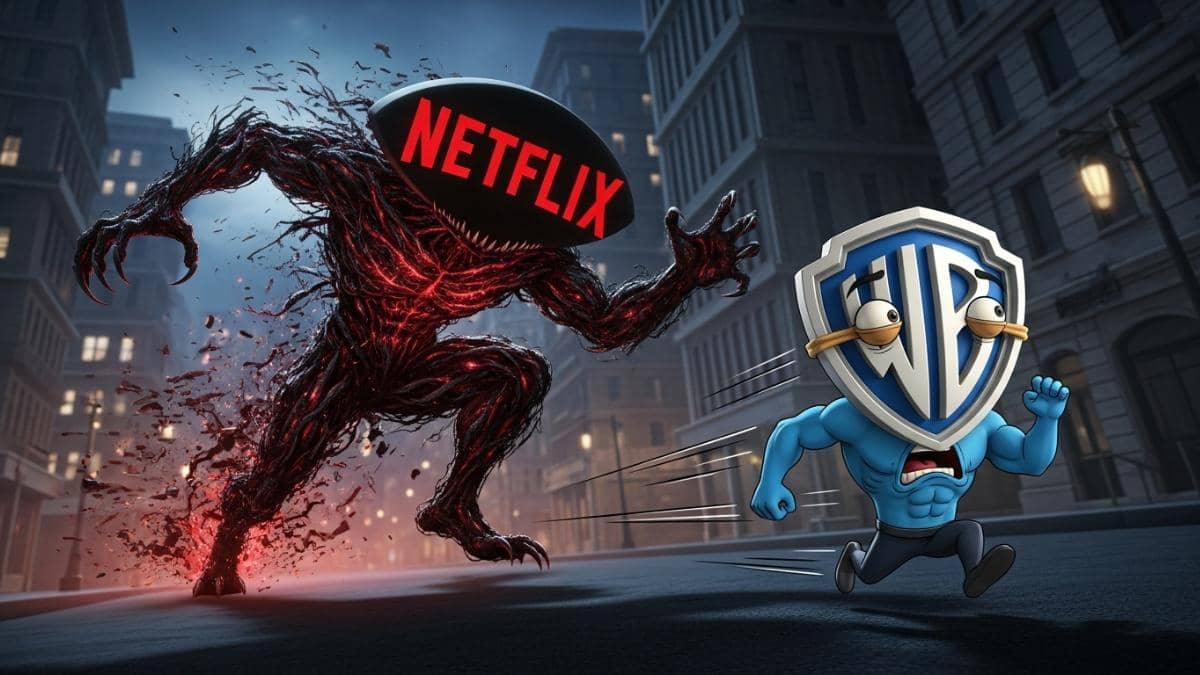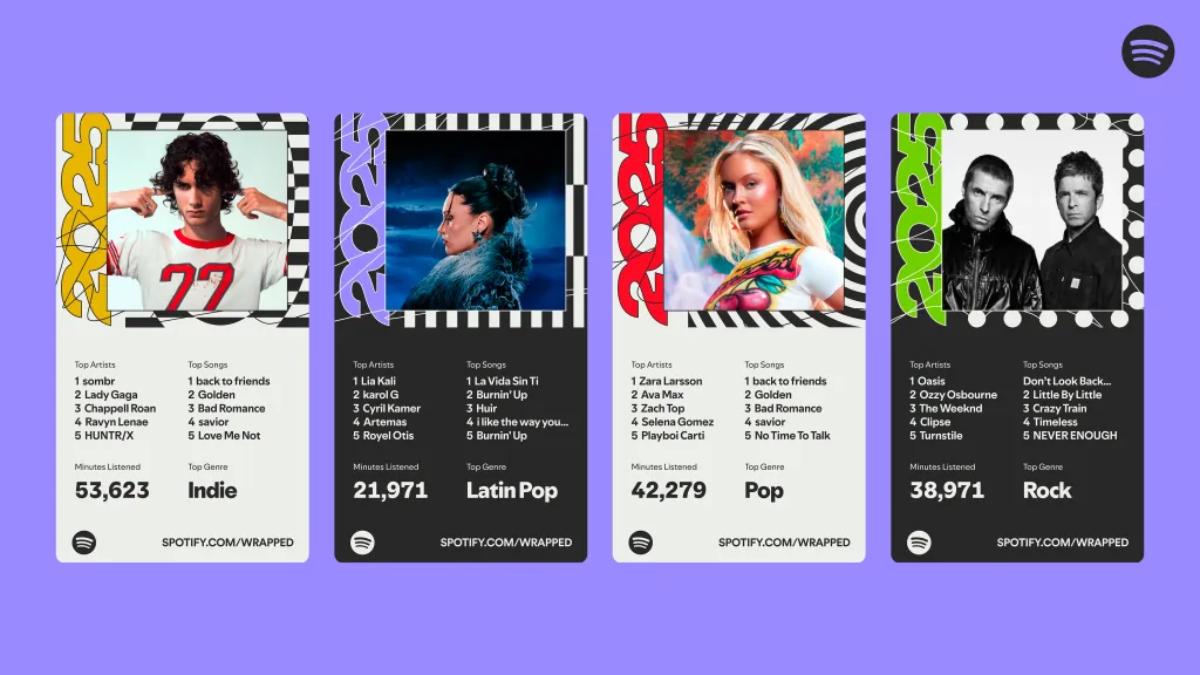YouTube is increasing its minimum age requirement for live streaming from 13 to 16 years old, effective July 22, 2025.
The change represents a significant shift in the platform’s approach to protecting young creators from potential online dangers.
New Age Requirements
Previous Policy: Users needed to be at least 13 years old to live stream
New Policy: Users must be at least 16 years old to live stream without restrictions
Effective Date: July 22, 2025
What Happens to Younger Users
YouTube updated its Help page to explain how the new policy affects users aged 13-15:
If detected streaming without supervision:
- YouTube will disable their live chat
- The platform will remove their stream
- Account may face further restrictions
To continue streaming, users aged 13-15 must:
- Have an adult assigned as their channel manager
- Start streams using YouTube’s Live Control Room
- Ensure the adult is visibly present during the entire live session
Safety Reasoning
YouTube positioned this change as part of its child safety efforts, building on existing guidelines to protect minors.
The platform acknowledges that live streaming exposes young creators to:
- Real-time interactions with strangers
- Potential negative comments and harassment
- Inappropriate content requests
- Privacy and safety risks
Safety Tips for Young Streamers
YouTube’s updated guidelines include recommendations for safe streaming:
- Don’t show personal information on camera
- Use privacy settings appropriately
- Moderate live chats actively
- Maintain a safe streaming environment
Impact on Young Creators
Potential Negative Effects:
- Some young creators may lose audience and momentum
- Early career development could be hindered
- Reduced opportunities for young talent to showcase skills
Potential Positive Effects:
- Better protection from online predators and harassment
- More time for personal development before public exposure
- Reduced pressure on developing minds
Industry Context
This change reflects growing concerns about children’s safety on social media platforms. Other platforms have implemented similar age restrictions:
- TikTok has various age-based limitations
- Instagram restricts certain features for younger users
- Twitch has community guidelines for younger streamers
What This Means
The policy change shows YouTube is prioritizing child safety over potential creator growth. While this may disappoint some young aspiring streamers, it aligns with broader efforts to create safer online environments for minors.
The requirement for adult supervision creates a middle ground, allowing younger users to continue streaming while ensuring proper oversight.
Timeline
Users have until July 22, 2025, to adjust to the new requirements. YouTube will likely send notifications to affected creators before the policy takes effect.
Looking Forward
This change may signal more restrictive policies for young users across YouTube’s platform. The company continues balancing creator opportunities with safety concerns, especially for vulnerable younger audiences.
The policy demonstrates YouTube’s recognition that live streaming presents unique risks compared to pre-recorded content, requiring additional protections for young users.
Young creators and their families should prepare for these changes and consider whether supervised streaming arrangements work for their goals and circumstances.



